
With COVID-19 interrupting life as we know it, how can veterinary teams remain calm while continuing to offer patient care? Certified leadership and wellness coach Kristina Guldbrand offers some tips.

With COVID-19 interrupting life as we know it, how can veterinary teams remain calm while continuing to offer patient care? Certified leadership and wellness coach Kristina Guldbrand offers some tips.

If you’re on the fence about whether to add wellness plans to your practice offerings, consider these obstacles and opportunities first.

This independent organization is at the forefront of heartworm disease monitoring.
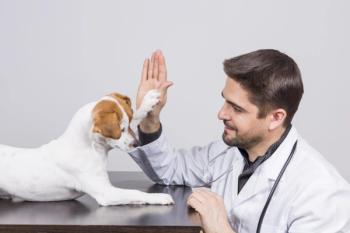
You know your veterinary clients need to be proactive partners in the successful management of a pet’s ear infection, whether acute or chronic. Use these communication tips to ensure a positive outcome for the pet, the pet owner and your entire team
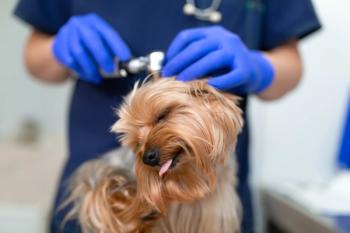
As one of the top reasons dogs come into your veterinary clinic, you certainly get a lot of practice diagnosing otitis. But because practice doesn’t necessarily make perfect, veterinary dermatologist Dr. Ashley Bourgeois shares her solutions to some common diagnostic conundrums.
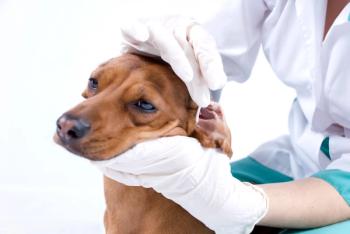
Don’t let faulty ear cleaning be the reason your veterinary patients suffer from chronic ear disease.

Subtle, nonspecific clinical signs coupled with no identifiable trigger make pancreatic disease an elusive diagnosis.
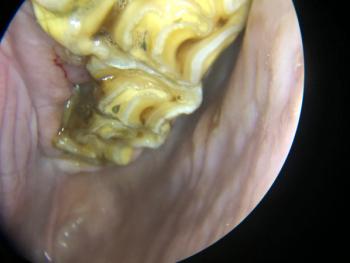
Research is limited in this area of equine veterinary care, but one practitioner has an approach that works.

It remains unclear how much havoc the COVID-19 pandemic will wreak for people and businesses around the world before it ends. In the meantime, the AVMA continues to offer guidance for veterinary practices.

Otitis in puppies (especially those floppy-eared cuties) can be tricky for pet owners to catch until the infection is well on its way to causing pain and discomfort. Give clients this handout so they can recognize clinical signs of otitis as early as possible.

If passed, the new bill would allow borrowers to pause interest accumulation and loan repayment while pursuing additional veterinary training and education.

Researchers from Colorado State University want to stop feline enteric coronavirus before it has a chance to mutate into feline infectious peritonitis.

It’s been something of a struggle to establish pet insurance as a standard in pet care in the United States, but a new generation of pet owners may be changing that.

Millennials are one of the largest driving forces behind pet health insurance growth.

Make sure pet owners understand that ear cropping isn't a get-out-of-jail-free card when it comes to otitis externa.

Feeling confident in your history-obtaining abilities, veterinarians? If you’re not asking your veterinary clients these 11 questions the next time you’re facing an otitis case, you might want to reconsider.
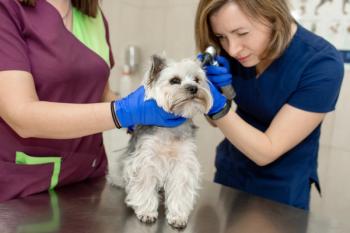
Successful management of otitis is a team effort, says veterinary dermatologist Dr. Darin Dell. Here’s how to make it happen.
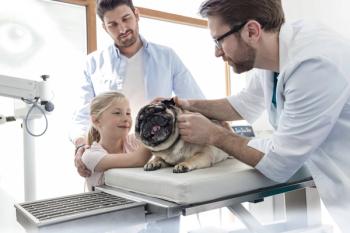
Veterinary dermatologist Dr. Ashley Bourgeois shares how to bend clients’ ears while you’re examining the ones on their pets.
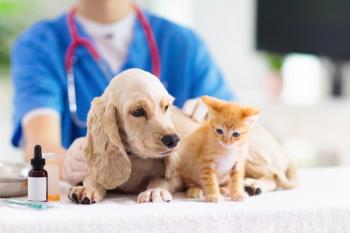
The document was developed to help resolve global inequities in accessing veterinary medicines.

Generational differences in thinking and communication styles are real, and catering to the styles of today’s younger pet owners will put your practice on the path to building lasting bonds.

How long should a veterinarian’s office desk chair last? That depends less on the quality of the chair and more on the pace of your work.

Some veterinary professionals find online fundraising for pet care distasteful, but it does have some plusses.
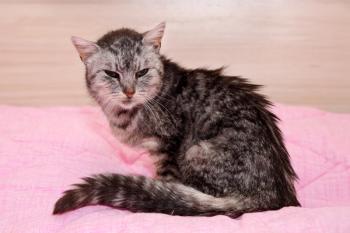
Diabetic ketoacidosis (DKA) is the body’s breaking point when diabetes mellitus wreaks havoc. What pushes the diabetic animal over the edge is typically an underlying disease that hinders compensatory mechanisms.
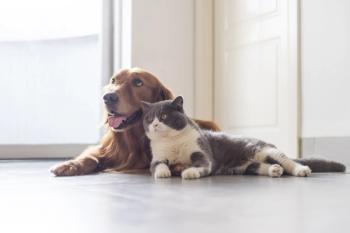
Aimed at both veterinarians and physicians, this free program aims to foster the practice of One Health concepts related to the human-companion animal bond.

The voluntary recall was prompted by elevated calcium levels in several lots of chicken, turkey and rabbit feed.

This newcomer to the veterinary market—its parent company has been making human CBD products since 2014—expects to have companion animal CBD products available as soon as this year.
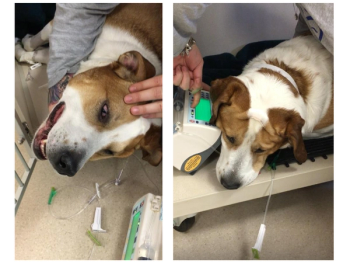
Having a thorough understanding of analgesia, pain and dysphoria is necessary to provide appropriate management interventions that will help achieve a positive outcome for your veterinary patients.
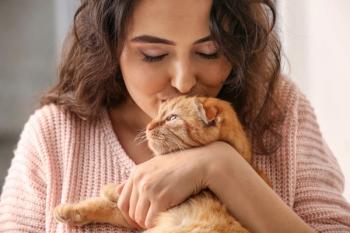
The bond between humans and animals is nothing new, but how will veterinary professionals continue to maintain their crucial role in this relationship?

Staying informed and separating fact from fiction are vital as fear about the human coronavirus grows. Prevention is key to stopping virus transmission.

The Fetch series is designed to provide high-quality continuing education to veterinary professionals.